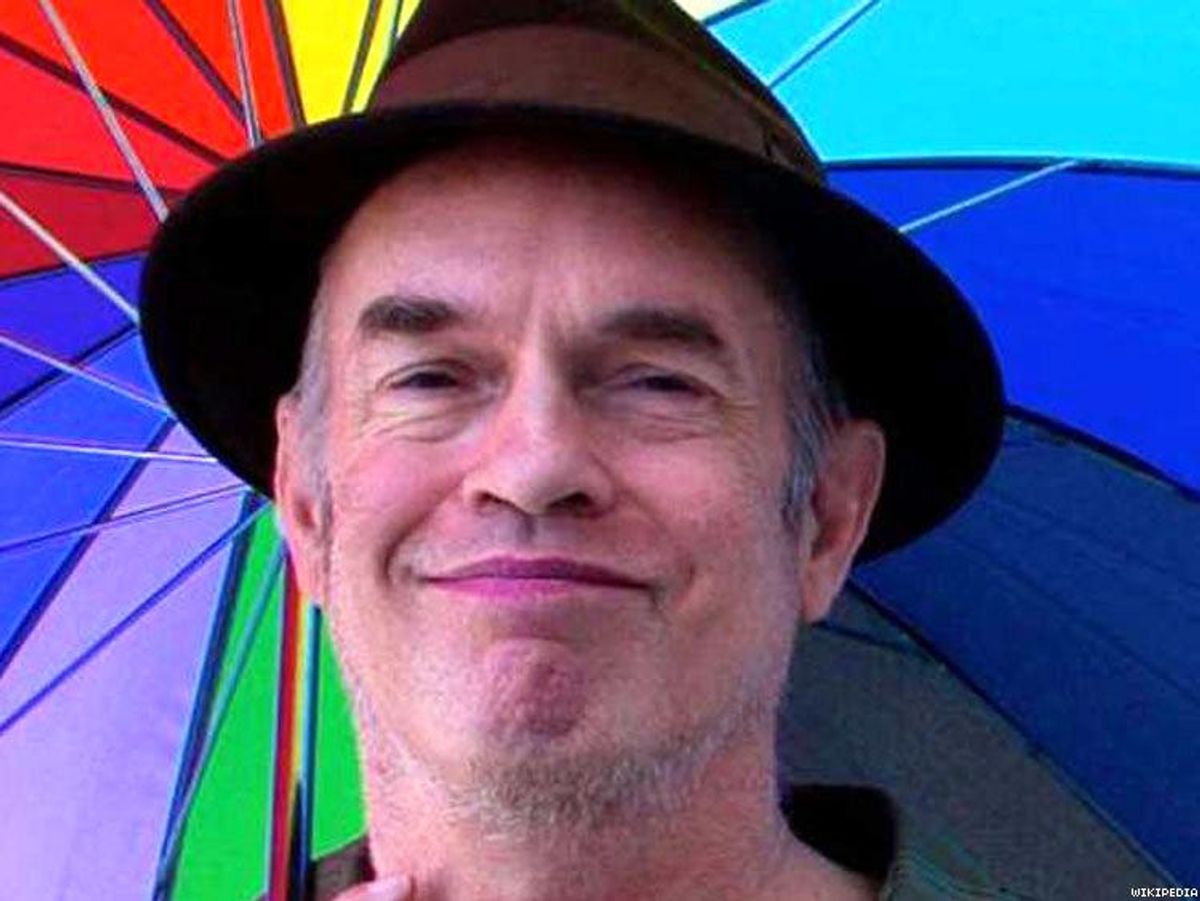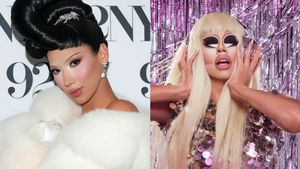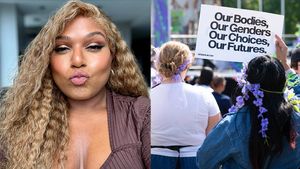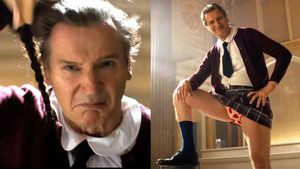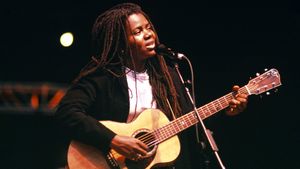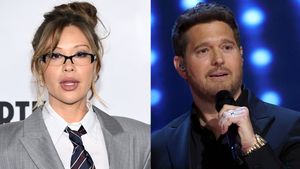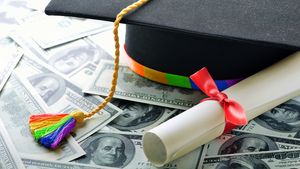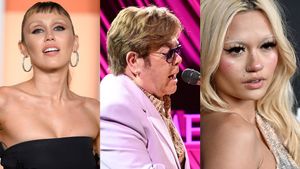Summer grasses, bleached white, danced against a hot blue sky. I lay in a field northeast of San Diego, my arm comforably around a comrade at a Radical Faerie gathering. The setting -- dry, stony hills and low scrub -- seemed lyrical compared to my Los Angeles home. So much so that, for the first time, I let something into my heart that I had been determined to avoid: AIDS.
The faerie movement was at its peak. For the fourth year, its rural retreats, miles from anything resembling "gay lifestyle," drew increasing hundreds to dispute the conventional wisdom that sex provided the sole path to gay liberation. Some of the new gay therapists had recently counseled gay men that failure to go to the baths meant internalized homophobia. Titles of the year's best-sellers reflected the preoccupation: The Butch Manual, Forskin, Working Out. Babybuns lubricant ("baby your baby") brought big ads in The Advocate.
Becoming a sexually liberated consumer, while a deliriously attractive goal, was not, however, always an easy one. Navigating a culture of bars and baths meant overcoming both homophobia and attitude. And with the introduction of this fatal uncertainty, that once-clear path became overgrown with thorny dilemmas, a problem my faerie friend succinctly stated.
"It's like you finally learned to play the game," he said, "then all the rules change." He was a medic with the Navy, and had already seen this still-rare terror up close, in VA hospital beds. "Believe me," he said, "you do have to change."
"Yeah," I whispered. "All the things I learned: I have to forget a lot of them." Gay life had done this before, only in a much more pleasant way.
The "everything you know is wrong" aspect to coming out had been an invitation to completely reassess life, but in one's favor -- trading individuality and sex for guilt. The Bible was wrong. The government was wrong. Your parents were wrong. The reversal of values felt delightful.
No AIDS demanded a counter-adjustment, one that cause a psychic whiplash. The fever of unknown origin, which turned up in every corner of the world, had so far left one thousand dead and nearly three times that many infected. It insisted we address it.
The awful truth of 1983, however, was that no one knew anything. The agent of the disease awaited discovery. Whether at a rural conclave or in an urban bar, gay men foundered in the realm of theory -- and wishful thinking: "It's just New Yorkers who get it." "It's just leather guys." "Fisting. That's what causes it." "Poppers! Death in a bottle," said one friend, jumping on 1983's biggest bandwagon. Indeed, The Advocate ran a piece on the $25 million industry, asking "Is It Sage to Sniff?" -- with no firm conclusions.
In personal ads, the term "safe sex" had not yet usurped the honestly vague term "health conscious." The new phrase "get into rubber" brought wetsuits to mind more easily than condoms, the effectivness of which we still doubted. Officials cautioned "Limit your partners," but to what number or activities remained unclear. Many men just had the same-style sex twice a month instead of twice a week. Such was the hard work of forgetting what we'd learned before the new rules were tidily in place.
This uncertainty gave rise to bitter debates within the community. Some insisted damage by the "media plague" exceeded anything biological. A writer in the New York Native spoke for many when he claimed that no health crisis existed at all. He went on to chasten a doctor who had advocated sexual restraint by saying he was "pushing morality under the guise of medical expertise." Such impassioned contradictions, regrettable as they might seem later, were a necessary part of coping with the crisis as we then knew it.
Henceforth, every year would be the biggest year for AIDS. But 1983 saw the settling in of planned response to the problem. Candlelight vigils illuminated major cities. AIDS project Los Angeles marked its first birthday. And the first major Congressional hearings on AIDS featured testimony from gay men with AIDS, resulting in dramatic increases in federal funding.
In May, Nathan Fain launched a regular health column in The Advocate ("health" being a code word for "AIDS"). A tenacious and insightful chronicler of the plague, Fain perfectly reflected the anguish of conflicting political and medical strategies when he wrote in an early column that "heroism is everywhere, as are mistakes."
The world, meanwhile, got steadily gayer. Two presidential hopefuls openly courted the gay vote, and two members of Congress came out.
Art and pop culture continued, with androgynous if uncommitted influences. Michael Jackson's "Bille Jean" and "Thriller" were inescapable. Prince and Boy George eclipsed the return of David Bowie. Hollywood offered Flashdance, which prompted gay boys nationwide to shred their own sweatshirts and tug them past their deltoids. Song-and-dance man Peter Allen, former husband of Liza Minnelli, toured the nation's stages coyly billing himself as "Mr. Bi-Coastal."
Disco having gone the way of the dinosaurs, underground scenes began to burgeon. Proto-queers slam-danced to punk and techo-pop, and gawked at an often empty spectacle called performance art. The most substantial of the performance set, such as John Sex at the Pyramid Club in New York and John Fleck at Los Angeles's Anti-Club, made a wild mockery of gay sex roles. The brave new world of bravely redefining gay identity began to take hold.
But only among the converted. The still-evolving lessions of AIDS remained unspeakable to the public at large. The straights' breakthrough -- seeing the enormity of what was happening to gays, and realizing that it could happen to them -- would take years to come.
